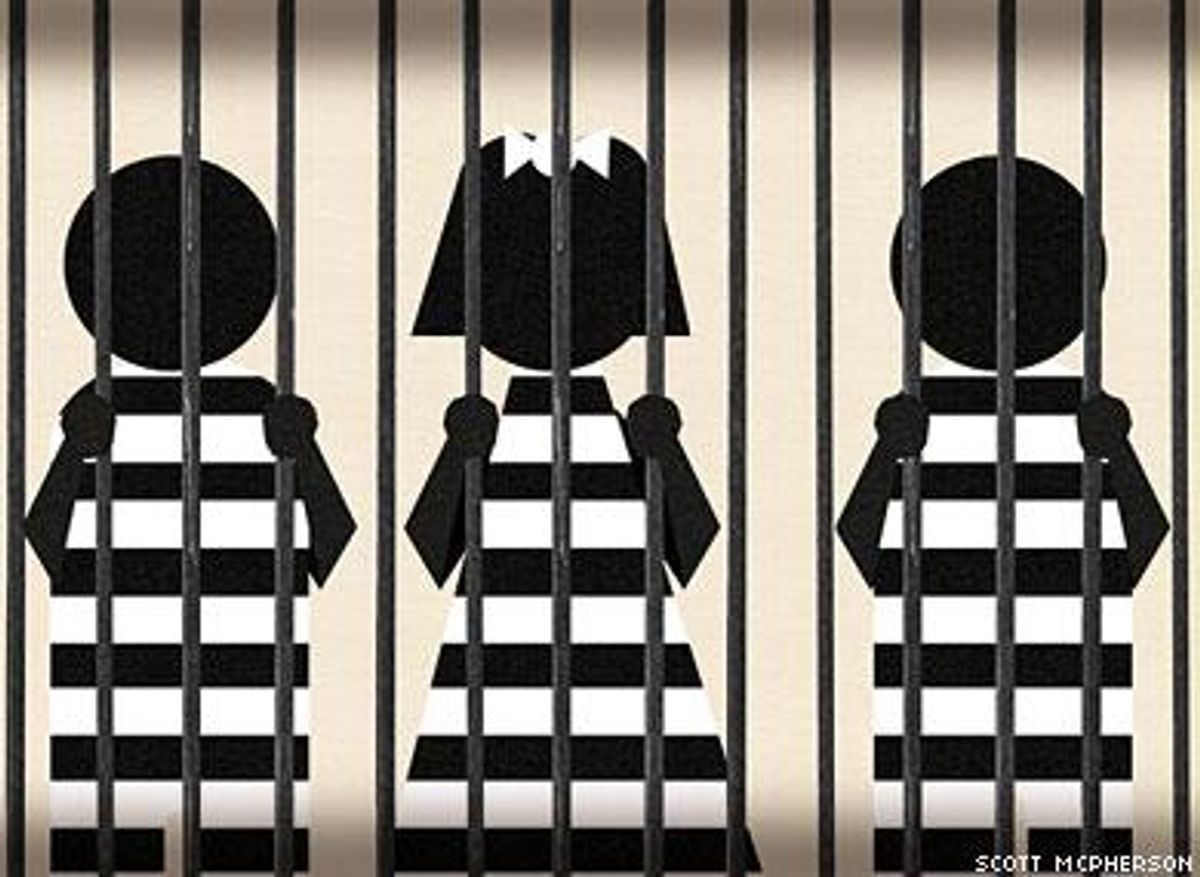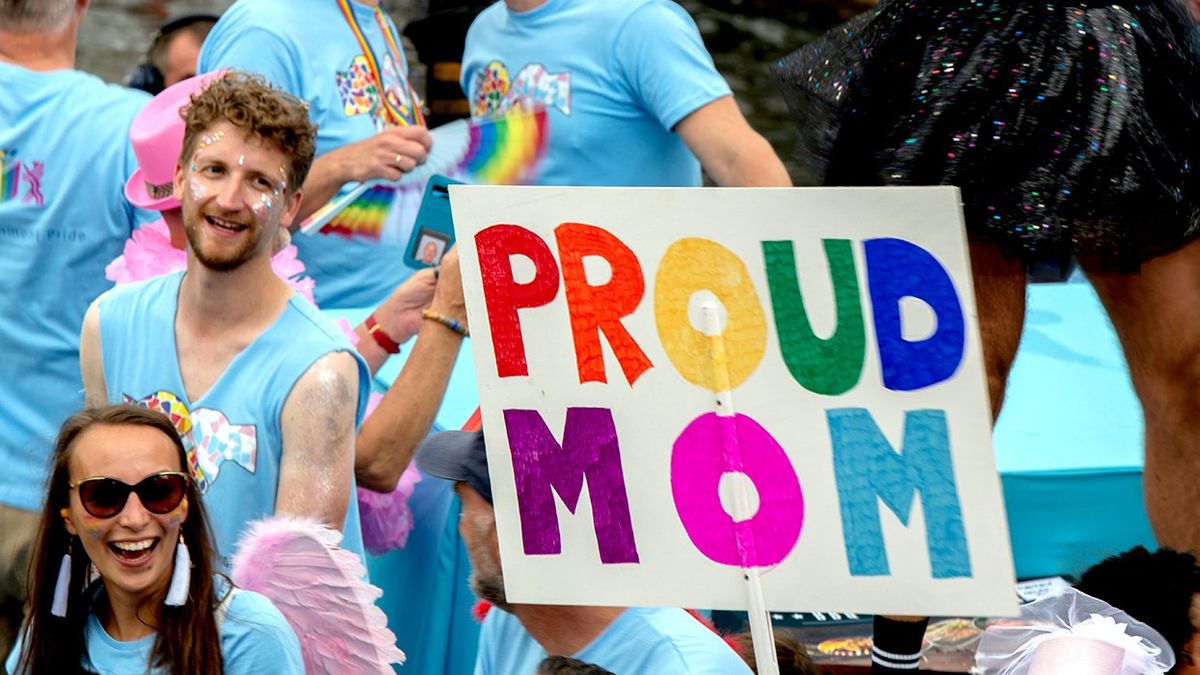Stefanie Rivera served three years in a New York prison for attempted arson when, after a fight with her boss, she splashed gasoline outside the nightclub where they worked. A transgender woman, Rivera had taken hormones for years and recently underwent breast augmentation, but because she hadn't had genital reassignment surgery, she was placed in a men's prison. The terror started as soon as she was taken into custody. "They asked me to strip," Rivera says. "They wanted a full cavity search. [This search] is protocol, but what isn't is that they made me do it over and over."
A story like Rivera's isn't unusual for transgender women in U.S. prisons. But across the pond, the High Court of England and Wales ordered in September that a trans woman be allowed to serve her manslaughter sentence in a women's prison. "Her continued detention in a male prison is in breach of her rights," the judge wrote in this watershed ruling. Meanwhile, male-to-female inmates in this country's male facilities wait for similar judgments.
New York State, like almost all states and counties nationwide, lacks any formal policy on housing transgender inmates, so most are placed according to their genitals, not their gender identity. From there, it's a daily struggle to access hormone replacement therapy, to be allowed to wear bras, or to shower in private rather than in the dormitory-style shower rooms where rape and assault are common. It's War in Here, a 2007 report by the Sylvia Rivera Law Project, documented trans women who were punished with fines or even solitary confinement because their bras were considered contraband. Gabriel Arkles, staff attorney for the law project, represents a client who was "sold" by correctional officers as a prostitute to other inmates.
There is no reliable count of transgender inmates in our nation's prisons and jails--state and federal corrections agencies simply don't track this--but advocates working in the field say trans people are vastly overrepresented behind bars. Discrimination makes it harder for them to find jobs, safe housing, and social services, "which forces you to fall into the more gritty stuff you have to do to eat," Stefanie Rivera says.
Earlier this year, the Washington, D.C., city jail established one of the country's first policies allowing transgender inmates to be housed according to their gender identity. Similar policies are in place in King County, Wash., and San Francisco. Still, Arkles says, "we're looking at fewer bad policies, as opposed to [more] really good policies. The biggest overall problem is that trans people are locked in prison so much."


















































































